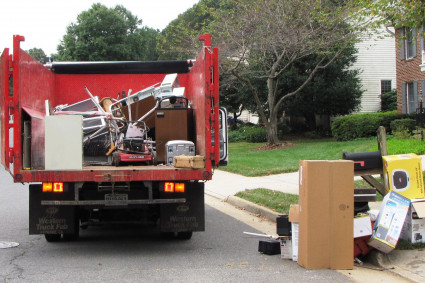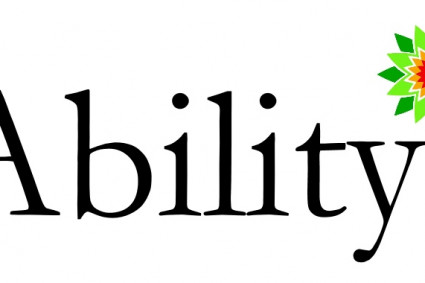
In the pursuit of industrial growth, businesses must recognize the environmental impact of their operations, especially concerning effluent discharge. Industrial effluents, consisting of various pollutants, pose a significant threat to ecosystems and public health. To achieve sustainable environmental compliance, industries need to adopt optimized effluent treatment strategies. This article explores key strategies for enhancing industrial effluent treatment, ensuring that businesses not only meet regulatory standards but also contribute to environmental sustainability.
Understanding Industrial Effluents
Industrial effluents are wastewater streams generated from manufacturing processes, containing a diverse range of pollutants such as chemicals, heavy metals, and organic compounds. Discharging untreated or inadequately treated effluents into water bodies can lead to water pollution, ecosystem disruption, and adverse effects on human health.
The Imperative of Sustainable Effluent Treatment
1. Environmental Regulations and Compliance:
- Regulatory bodies set stringent standards for industrial effluent discharge to protect water quality and ecosystems. Adhering to these regulations is not only a legal requirement but also essential for environmental stewardship.
2. Public and Stakeholder Expectations:
- As awareness of environmental issues grows, communities and stakeholders increasingly demand responsible and sustainable industrial practices. Meeting these expectations is crucial for maintaining a positive corporate image.
3. Resource Conservation:
- Optimizing effluent treatment processes contributes to resource conservation. Reclaiming water, recovering valuable materials, and minimizing energy usage not only benefit the environment but also improve cost-efficiency.
Strategies for Optimizing Effluent Treatment
1. Advanced Treatment Technologies:
- Embrace advanced treatment technologies such as membrane filtration, reverse osmosis, and ultraviolet disinfection. These technologies enhance the removal of contaminants, ensuring effluents meet or exceed regulatory standards.
2. Process Integration and Optimization:
- Integrate and optimize effluent treatment processes to maximize efficiency. This involves evaluating the entire treatment train, identifying bottlenecks, and implementing improvements to streamline operations.
3. Waste Minimization and Segregation:
- Implement waste minimization strategies within industrial processes to reduce the generation of harmful pollutants. Segregate different types of effluents to enable targeted treatment and resource recovery.
4. Biological Treatment Systems:
- Utilize biological treatment systems, such as activated sludge processes and constructed wetlands, to harness the natural processes of microorganisms in breaking down organic pollutants. These systems are environmentally friendly and cost-effective.
5. Real-time Monitoring and Control:
- Implement real-time monitoring systems to track effluent quality parameters continuously. This allows for prompt detection of deviations from standards, enabling quick corrective actions and preventing environmental harm.
6. Effluent Recycling and Reuse:
- Explore opportunities for effluent recycling and reuse within industrial processes. Treated effluents can often be repurposed for non-potable uses, reducing freshwater demand and promoting sustainability.
7. Green Infrastructure Practices:
- Integrate green infrastructure practices, such as vegetated swales and permeable pavements, into the industrial facility's design. These practices help manage stormwater runoff and reduce the overall environmental impact.
8. Capacity Building and Training:
- Invest in training programs for personnel involved in effluent treatment. Well-trained staff can operate and maintain treatment systems more effectively, ensuring consistent compliance and optimal performance.
Case Studies in Sustainable Effluent Treatment
1. Zero Liquid Discharge (ZLD) Implementation:
- Companies in water-scarce regions have successfully implemented ZLD systems, where almost all wastewater is purified and recycled, leaving minimal liquid discharge. This approach minimizes environmental impact and maximizes water resource conservation.
2. Biogas Recovery from Industrial Wastewater:
- Some industries harness anaerobic digestion processes to treat organic-rich wastewater. This not only reduces pollutant levels but also generates biogas, a valuable renewable energy source.
3. Community Collaboration for Effluent Treatment:
- Collaborative efforts between industries and local communities have led to the development of community-based effluent treatment plants. These plants serve multiple industries, reducing infrastructure costs and promoting shared environmental responsibility.
Conclusion
Optimizing industrial effluent treatment is not just a regulatory requirement; it is a fundamental responsibility for businesses operating in today's environmentally conscious world. Sustainable effluent treatment practices not only protect ecosystems and public health but also contribute to long-term business viability. By embracing advanced technologies, process optimization, and a commitment to environmental stewardship, industries can achieve not only compliance but also a positive impact on the environment and the communities they serve. As industries evolve, the integration of sustainable effluent treatment strategies will be instrumental in creating a healthier and more sustainable future.






